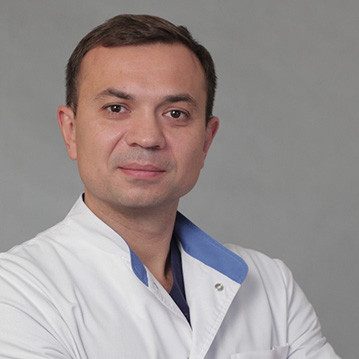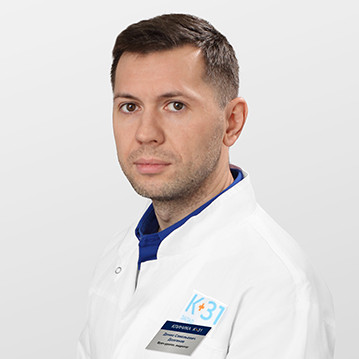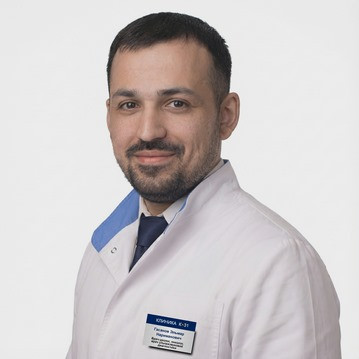Stones in the urethra are one of the symptoms of urolithiasis, which is characterized by the formation of stones in the urethra. They provoke pain, impede the process of emptying the bladder, weaken or change the shape of the urine stream. To detect a stone in the urethra, a thorough diagnosis is necessary, which includes ureteroscopy and a number of other studies.
You can undergo a comprehensive examination and receive treatment for urolithiasis at the K + 31 medical center. Highly qualified and experienced urologists, using modern equipment, perform the safe removal of urethral stones.
Why stones appear in the urinary canal
Before you learn from the article whether a stone can get stuck in the urethra, what reasons contribute to this and how to eliminate unpleasant symptoms, you need to understand the types of stones. Depending on the nature of the development of urolithiasis, calculi are of two types:
- primary;
- secondary.
Primary stones are more common in men. They are formed due to chronic prostatitis, urethritis, prostate adenoma. Also, stones in the urethra in men can appear in the presence of urethral strictures, diverticulum of the urethra, fistulas.
A secondary stone in the urethra in men signals the presence of formations in the bladder or kidneys. Gradually, from the upper urinary tract, they reach the lumen of the urethra, leading to pain and discomfort.
Risk factors for the formation of secondary stones include:
- infectious lesions of the urinary system;
- diseases of the digestive system;
- osteoporosis;
- endocrine disorders;
- bone injuries;
- impaired water and electrolyte balance and blood chemistry;
- malnutrition;
- genetic predisposition;
- long-term use of sulfonamides, vitamin-mineral complexes.
In women, stones in the urethra are diagnosed less frequently, which is associated with anatomical features: high elasticity of the urethra, its short length and direct direction.
According to the number of formations, doctors distinguish single and multiple stones. Depending on their size, they are classified into large (capable of reaching 15 cm) and small (have a diameter of 2-3 mm).
A stone in the urinary canal in men and women has a similar composition to kidney stones. In most cases, urate, phosphate, carbonate and cholesterol stones are detected, less often - cystine and xanthine.
Stones in the urethra: symptoms
The clinical picture depends on the localization of stones, their number, size and shape. Doctors distinguish the following symptoms of the release of stones in men and women:
- expressed painful sensations, cramps;
- impaired urination;
- blood in the urine due to erythrocytes;
- weak or intermittent jet when emptying.
If the stone is stuck in the urethra, completely closing the lumen, the patient is worried about acute urinary retention. With the localization of formations in the posterior urinary canal, the patient feels intense pain in a sitting position and when moving.



















